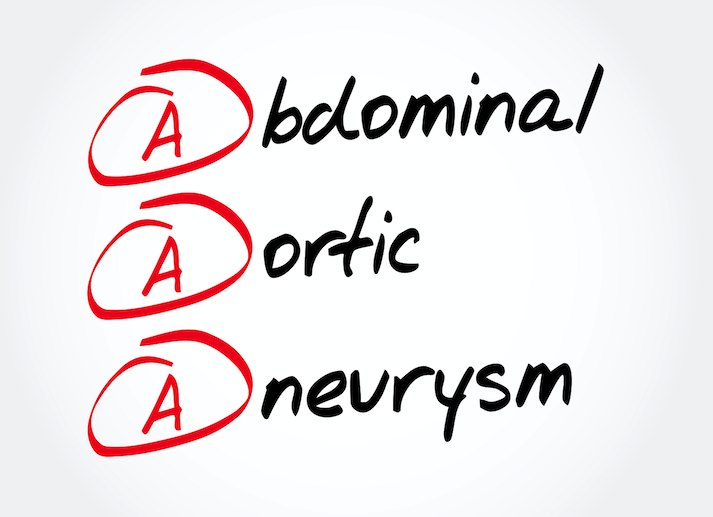The Importance of Abdominal Aortic Aneurysm Screenings
Posted by: Tampa Cardio
On: October 21, 2019

An abdominal aortic aneurysm is a potentially life-threatening condition that oftentimes remains completely undetected until it is too late. Though some patients will report abdominal, back, or flank pain leading up to an aneurysm rupturing, most will experience no symptoms at all, completely unaware that they even have an aortic aneurysm until the aneurysm itself has ruptured. Because the results of this rupture can be catastrophic, if not lethal, early detection of an aneurysm is key in preventing further complications from occurring.
What is an Aortic Aneurysm?
An aneurysm is a widening or dilation within a blood vessel. An aortic aneurysm is a dilation that occurs in the aorta, the body’s major artery which supplies blood from the heart to the rest of the body. An aneurysm can occur anywhere along the length of the aorta, but most commonly occurs in the abdomen, just below the kidneys. It is when an aortic aneurysm is left undetected and untreated that catastrophic complications can occur – an aortic aneurysm, over time, can leak and eventually rupture, resulting in extreme pain and possible death from internal bleeding.
Who is at Risk for an Aortic Aneurysm?
Aortic aneurysms are most common in white men over the age of 60 and are much less common in both women and in African Americans. Genetics plays a large role as well, and can heavily predispose a person to an aortic aneurysm. High blood pressure, high cholesterol, and diabetes also present high-risk factors, however, the most common cause of an aortic aneurysm is smoking. Cigarette smoking not only increases a person’s risk for developing an aortic aneurysm but it also highly increases the risk of that aneurysm rupturing once it has developed.
How is an Aortic Aneurysm Detected?
An aortic aneurysm screening is a preventative screening that is both painless and non-invasive and is especially recommended to men between the ages of 65 and 75 who are current or former smokers. In many cases, an aortic aneurysm can be detected through a simple physical examination – your physician will be able to either feel the dilation of the aorta directly, or they will be able to detect abnormal sounds due to turbulence occurring in the blood flow. An aneurysm can also be detected through ultrasounds, and CT scans, if necessary.
An aortic aneurysm is an extremely dangerous condition that can result in serious complications and even death. Because this condition is asymptomatic, early detection is of the utmost importance. If you are a white male over the age of 60, or if your family history predisposes you to such conditions, please schedule an appointment with Tampa Cardiovascular Associates today for an aortic aneurysm screening, and help to ensure your health for many years to come. www.tampacardio.com. 813-975-2800.
Posted by: Tampa Cardio
On: 21/10/2019
